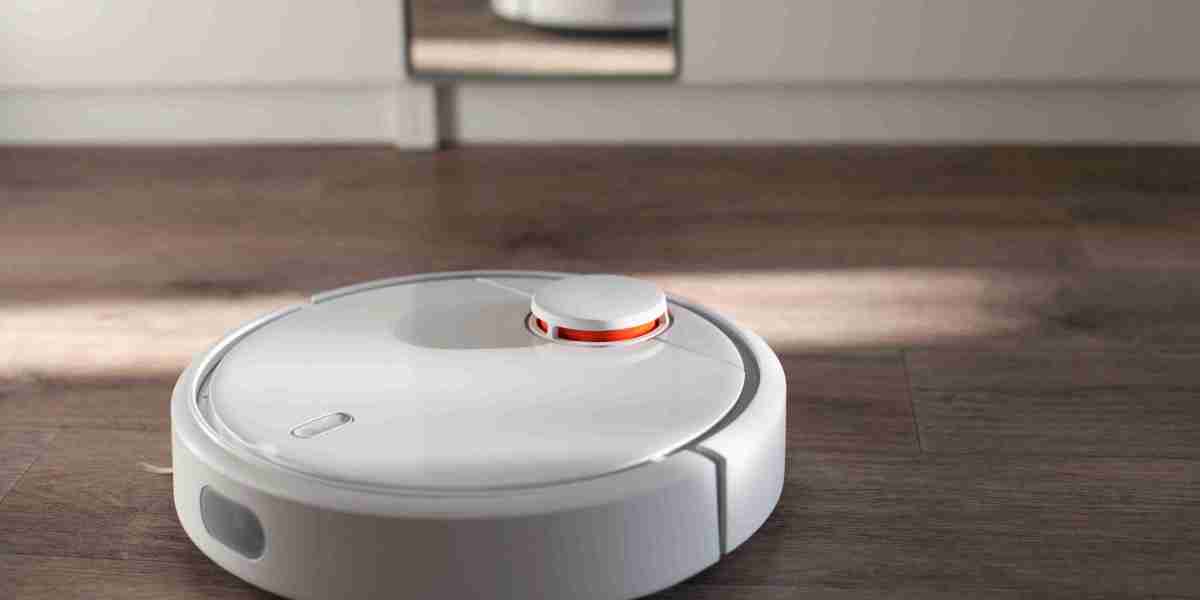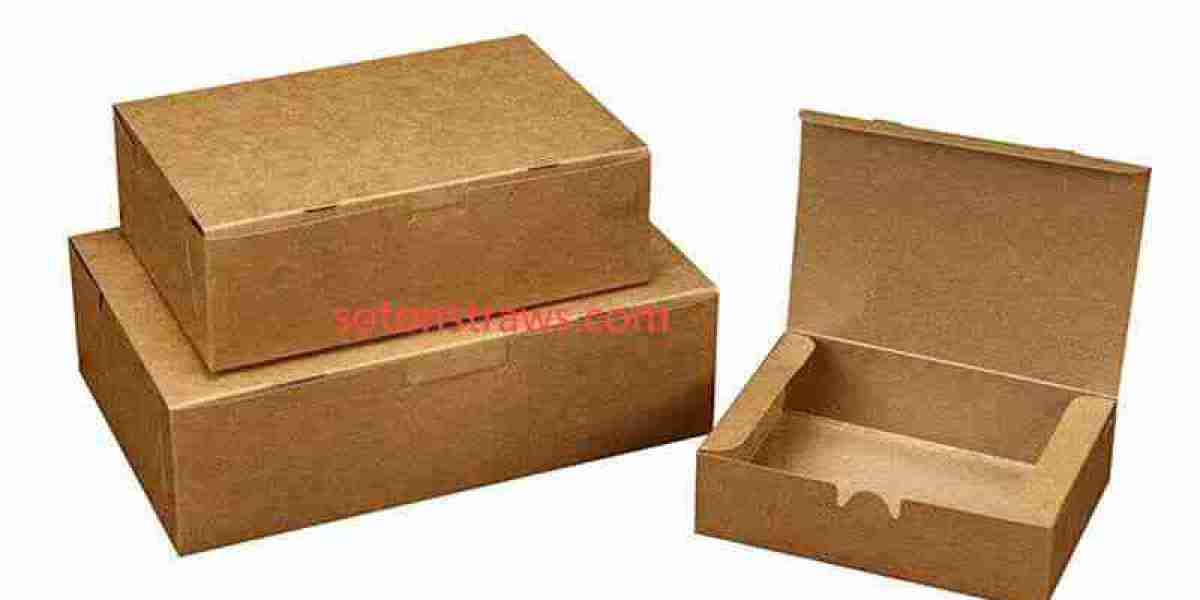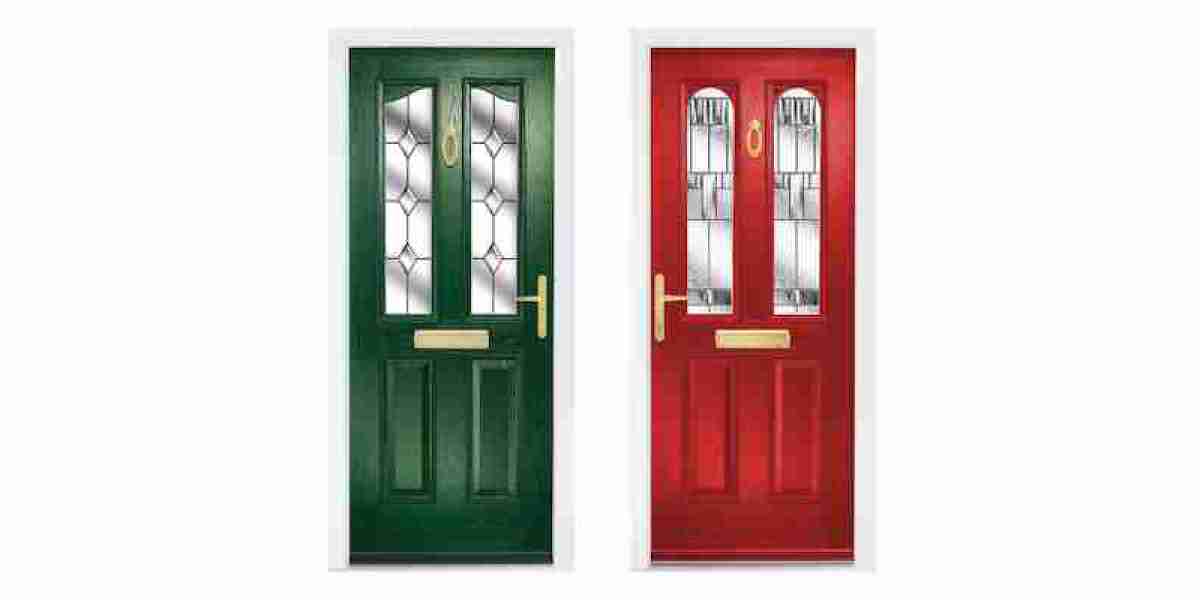
Keeping the Purrfect Passage Open: A Guide to Cat Door Maintenance
Cat doors, also called pet doors or cat flaps, are a great addition to any home with feline buddies. They offer cats the flexibility to explore the outdoors (or designated locations within your house) and eliminate themselves, all while providing owners comfort and decreasing the variety of unscripted door-opening requests. However, like any other function of a home, cat doors are not immune to wear and tear. Routine maintenance is necessary to guarantee they continue to operate correctly, stay secure, and supply a comfortable and safe passage for your precious cat. Neglecting maintenance can result in a host of concerns, ranging from a stiff and noisy flap to a total breakdown, potentially locking your cat out or, worse, jeopardizing your home's security.
This post will explore the value of cat door maintenance, detailing the needed steps to keep your pet door fitter's access point in prime condition. By comprehending the basic upkeep needed, you can extend the life-span of your cat door, ensure your cat's continued flexibility, and avoid pricey repairs or replacements down the line.
Why Regular Cat Door Maintenance Matters
Preserving your cat door is more than just a cosmetic job; it's a financial investment in the functionality, security, and durability of the feature, as well as the convenience and wellness of your cat. Here are some crucial reasons why routine maintenance is vital:
- Ensures Smooth Operation: Dust, particles, and weather elements can collect around the hinges and flap of a cat door, causing it to end up being stiff, sticky, or noisy when opening and closing. Regular cleansing and lubrication prevent these concerns, guaranteeing the door operates smoothly and silently, encouraging your cat to utilize it without doubt.
- Extends the Lifespan of the Door: Like any mechanical element, cat doors undergo wear and tear. Disregarding maintenance can accelerate this process, causing early damage and the requirement for replacement. Routine cleansing, lubrication, and resolving small concerns promptly can significantly extend the lifespan of your cat door, saving you money in the long run.
- Maintains Security: A properly working cat door should close firmly after your cat passes through. Damaged or improperly maintained doors may not close totally, possibly compromising your home's security by leaving spaces that could be exploited by trespassers or enable drafts and pests to get in. For electronic or microchip cat flap installer-operated doors, consistent maintenance ensures the locking mechanisms and sensors work reliably, keeping regulated access.
- Prevents Drafts and Energy Loss: An inadequately maintained cat door can become a significant source of drafts, especially in chillier environments. Gaps around the flap or frame due to damage or particles can let cold air in and warm air out, increasing your energy costs. Appropriate sealing and weather stripping maintenance is essential to keep energy efficiency.
- Promotes Hygiene: Cat doors are exposed to the components and can build up dirt, mud, and even insect invasions in time. Routine cleaning helps maintain a hygienic passage for your cat and avoids the transfer of dirt and bacteria into your home.
- Minimizes Noise: A disregarded cat door can end up being loud, particularly in windy conditions. Squeaking hinges or a rattling flap can be disruptive to both you and your cat. Lubrication and tightening up of loose components can considerably minimize sound levels.
- Early Detection of Problems: Routine maintenance allows you to inspect your cat door carefully and recognize any prospective concerns early on, such as cracks, loose screws, or malfunctioning elements. Resolving these small issues promptly can avoid them from escalating into more considerable and expensive repair work.
Kinds Of Cat Doors and Maintenance Considerations
While the basic maintenance principles use across most cat doors, various types may have particular requirements. Here's a short overview of typical cat door types and maintenance considerations:
- Basic Flap Doors: These are the simplest and most common type. Maintenance mainly involves cleaning up the flap and frame, lubing hinges, and looking for damage to the flap product (plastic, rubber, or versatile polymer).
- Magnetic Cat Doors: These doors use a magnetic collar key to permit entry only to cats using the key. Maintenance consists of the same tasks as basic flap doors, plus guaranteeing the magnetic mechanism is tidy and devoid of debris. Likewise, check the collar secret's magnet is still functional.
- Microchip Cat Doors: These doors use a microchip scanner to recognize your cat's implanted microchip, using selective entry. Maintenance includes cleaning, inspecting for damage, and occasionally changing batteries if it is battery-powered. The scanner lens must be kept tidy for trustworthy chip detection.
- Electronic Cat Doors: These doors may use infrared or radio frequency (RFID) innovation for selective entry, often with advanced features like curfew settings. Maintenance includes cleaning, looking for damage, battery replacement (if applicable), and occasionally recalibrating or reprogramming the electronic elements according to the producer's guidelines.
Important Cat Door Maintenance Tasks: A Step-by-Step Guide
Establishing a routine maintenance schedule will keep your cat door working efficiently. Here's a breakdown of common maintenance tasks:
1. Routine Cleaning (Weekly/Bi-weekly):
- Gather Supplies: You will need:
- Mild soap or detergent
- Warm water
- Soft fabric or sponge
- Paper towels or a clean, dry cloth
- (Optional) Disinfectant wipes (pet-safe)
- Wipe Down the Flap: Use a moist cloth or sponge with soapy water to clean both sides of the flap. Eliminate any dirt, mud, fur, or insect residue.
- Tidy the Frame: Clean the entire frame of the cat door, both within and out. Take note of corners and crevices where dirt can collect.
- Dry Thoroughly: Ensure all parts are totally dry to avoid mildew or rust.
- Sanitize (Optional): If preferred, utilize pet-safe disinfectant wipes to sanitize the door and frame, especially if you have multiple felines or desire to maintain extra hygiene.
2. Lubrication (Monthly/As Needed):
- Identify Hinges and Moving Parts: Locate the hinges, rotates, or any other moving parts of the cat door mechanism.
- Apply Lubricant: Use a silicone-based lube spray or a dry lubricant (like graphite powder) specifically created for hinges and moving parts. Avoid oil-based lubes, as they can bring in dust and end up being sticky gradually. Apply moderately to avoid drips.
- Work the Door: Open and close the cat door flap numerous times to disperse the lubricant equally and guarantee smooth, peaceful operation. Clean away any excess lube.
3. Inspection and Repair (Monthly/Seasonally):
- Check for Damage: Carefully examine the flap for cracks, tears, or warping. Search for damage to the frame, weather removing, or any locking mechanisms.
- Tighten Loose Screws: Check all screws protecting the door frame to the door or wall and tighten up any that are loose. Loose screws can lead to instability and drafts.
- Examine Weather Stripping: Examine the weather condition removing around the flap and frame for damage, fractures, or spaces. Change harmed weather condition removing to preserve an excellent seal and avoid drafts.
- Battery Check (Electronic/Microchip Doors): If your door is battery-operated, examine the battery level routinely and change batteries according to the producer's recommendations. Low batteries can trigger malfunctions and unreliable operation.
- Sensing Unit Cleaning (Microchip/Electronic Doors): Gently clean the sensor lens with a soft, dry fabric to ensure accurate chip or essential detection.
4. Seasonal Maintenance:
- Winter:
- Check for ice buildup around the flap and frame. Thoroughly remove ice to avoid damage and guarantee smooth operation.
- Make sure weather condition removing remains in great condition to prevent drafts and cold air entry.
- Summer season:
- Check for insect nests or problems around the cat door. Clean away any nests and consider using pet-safe bug spray around the door frame.
- Make sure appropriate ventilation around the door opening to avoid humidity buildup and prospective mildew development.
Tools and Supplies for Cat Door Maintenance
Keeping a small package of maintenance tools and supplies useful will make routine upkeep easier and more efficient. Think about putting together the following:
- Soft cloths and sponges
- Moderate soap or cleaning agent
- Silicone lube spray or dry lube
- Screwdriver (Phillips and flathead)
- Pet-safe disinfectant wipes (optional)
- Replacement weather condition stripping (if needed)
- Small brush for cleaning up crevices
- Paper towels
- Replacement batteries (if applicable)
DIY vs. Professional Help
Most regular cat door maintenance tasks are straightforward and can be quickly handled by property owners. Nevertheless, there are circumstances where seeking professional help may be advisable:
- Significant Damage: If you discover comprehensive damage to the door frame, flap, or locking mechanisms, professional repair or replacement might be necessary.
- Electronic Malfunctions: Troubleshooting electronic or microchip door breakdowns can be complicated. If you are uncertain how to identify or repair electronic issues, seek advice from a professional installer or a certified technician.
- Installation Issues: If you are experiencing persistent problems after installing a brand-new cat guardian door installation door, it might be due to installation errors. A professional installer can evaluate the scenario and rectify any issues.
Regular cat door expert door maintenance is a basic yet vital aspect of accountable pet ownership for those who select to supply their feline good friends with this flexibility. By devoting a small quantity of time to cleaning, lubricating, and inspecting your cat door, you can ensure its ongoing smooth operation, durability, security, and hygiene. A properly maintained cat door offers your cat with consistent access to the outside world (or designated indoor cat door installation areas), contributing to their joy and wellness, while also supplying assurance for you. Taking proactive steps to care for your cat door will keep the purrfect passage open for many years to come.
Frequently Asked Questions about Cat Door Maintenance
Q: How frequently should I clean my cat door?
A: Aim to clean your cat door weekly or bi-weekly for standard flap doors. For electronic or microchip doors that might build up more dirt around the sensing unit locations, weekly cleansing is suggested.
Q: What kind of lube should I utilize on my cat door hinges?
A: Silicone-based lube spray or dry lubricant (like graphite powder) is recommended. Prevent oil-based lubes as they can draw in dust and become sticky.
Q: How do I clean up a microchip cat door sensing unit?
A: Use a soft, dry fabric to carefully clean the sensing unit lens. Prevent using liquids or abrasive cleaners, as they might harm the sensor.
Q: My cat door flap is sticking. What should I do?
A: First, tidy the flap and frame completely. Then, apply a small amount of lube to the hinges and moving parts. If the sticking continues, check for any damage to the flap or frame and consider tightening screws or changing the door alignment.
Q: How do I understand when to replace the batteries in my electronic cat door?
A: Electronic cat doors generally have a low battery indicator light or warning signal. Refer to your door's handbook for specific directions on battery replacement. It's a great practice to change batteries proactively, possibly every 6-12 months depending on use and battery type.
Q: Can I use family cleaners to clean my cat door?
A: Yes, you can use moderate soap or detergent watered down in warm water. Prevent extreme chemicals or abrasive cleaners that might harm the door product. Guarantee any cleansing products are pet-safe.

Q: My cat door is letting in drafts. How can I repair this?
A: Inspect the weather condition removing around the flap and frame. Change any broken or RepairMyWindowsAndDoors used weather removing. Make sure the door frame is securely set up and tighten any loose screws. You can also think about including extra weather condition stripping or a draft excluder particularly designed for pet doors.








